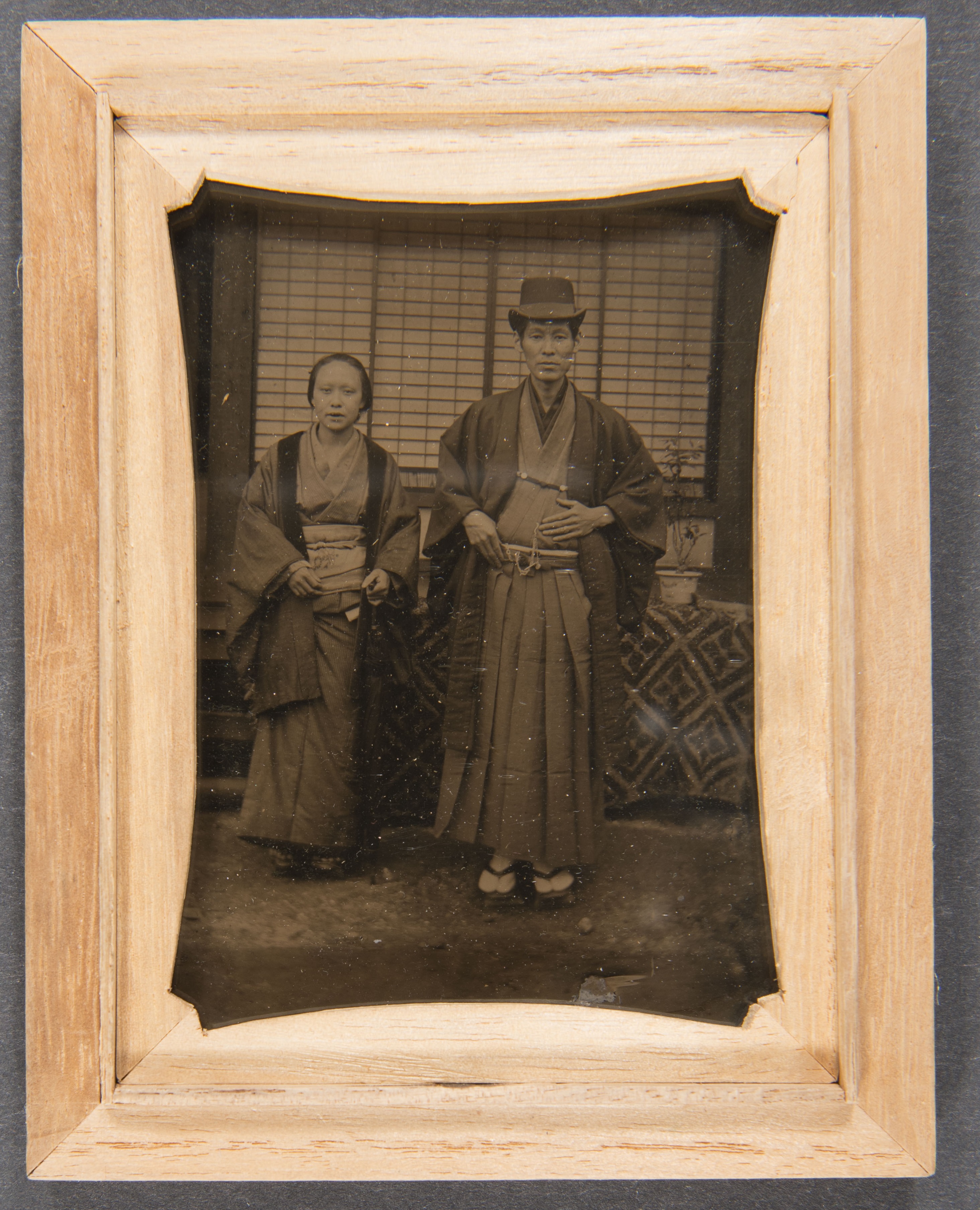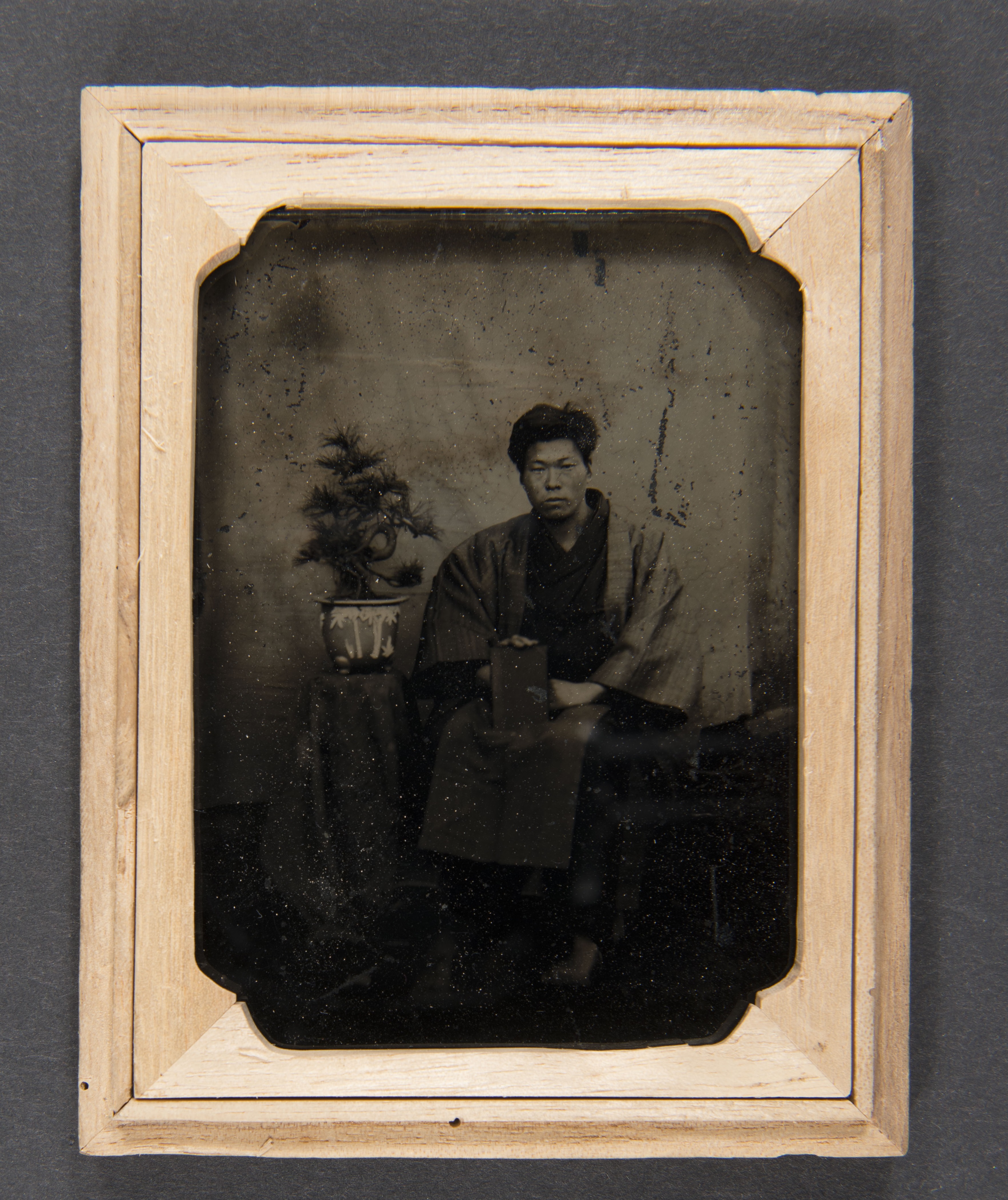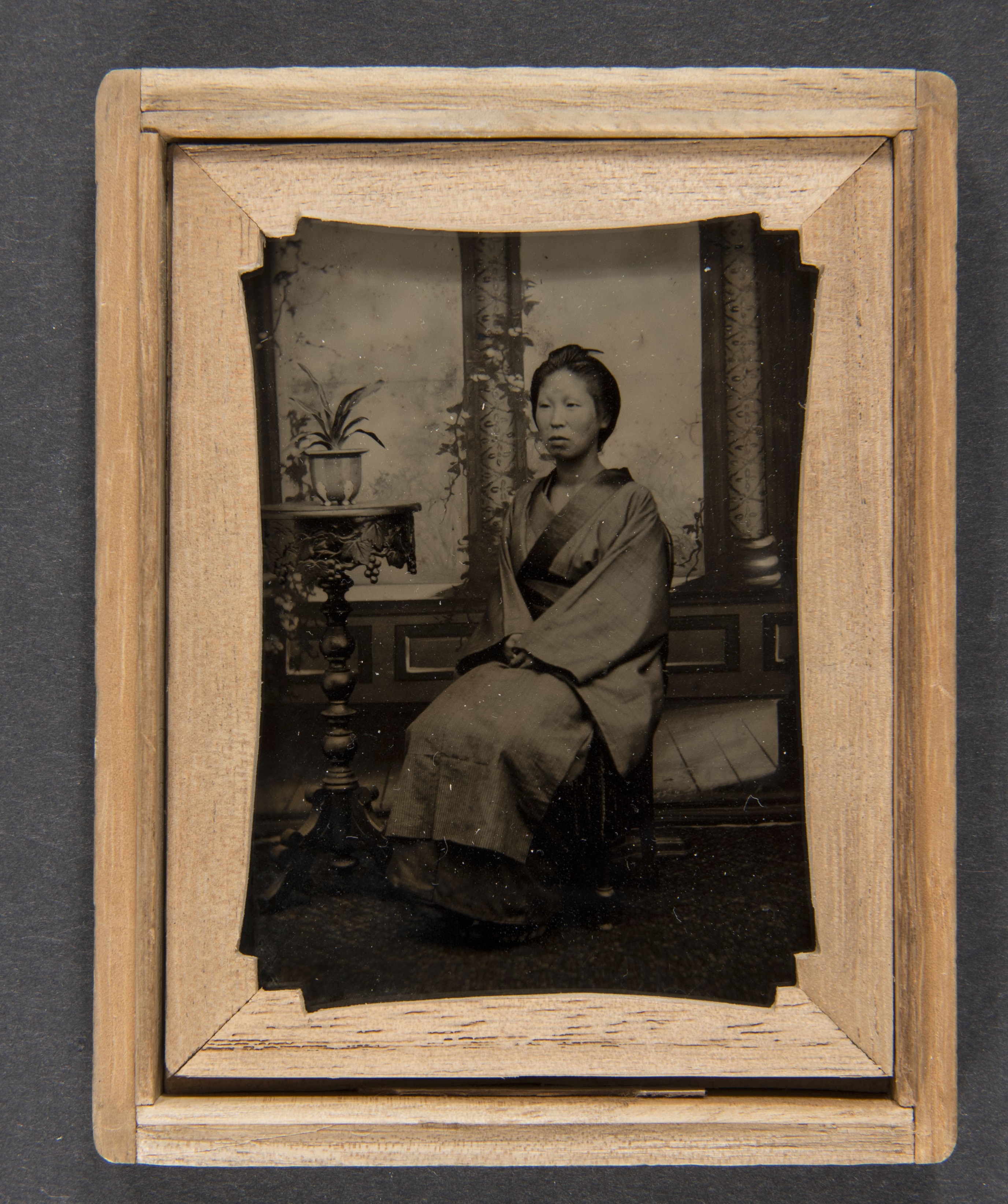- Events & Programs Home
- Calendar
- Accessibility
- Adults
-
Families & Teens
- Families & Teens Home
- 10x10 Teen Art Expo
- Art on the Rise
- Art Together: Art Making for Families with Children Ages 3–5
- Babies Sing with May Festival Minis
- Boy Scouts / Girl Scouts
- CAM Kids Day
- Family Storytime and Gallery Walk
- Family Studio: Art Making for Families with Children Ages 6–12
- Games in the Galleries
- Members-Only Baby Tours
- Public Baby Tours
- REC Reads
- Rosenthal Education Center (REC)
- Saturday Morning Art Class
- See Play Learn Kits
- Summer Camp
- Teen Fest: Zine and Comic Exchange
- RECreate
- Teachers
- Community Outreach
- Fundraisers
- Plan Your Own Event

- Events & Programs Home
- Calendar
- Accessibility
- Adults
-
Families & Teens
- Families & Teens Home
- 10x10 Teen Art Expo
- Art on the Rise
- Art Together: Art Making for Families with Children Ages 3–5
- Babies Sing with May Festival Minis
- Boy Scouts / Girl Scouts
- CAM Kids Day
- Family Storytime and Gallery Walk
- Family Studio: Art Making for Families with Children Ages 6–12
- Games in the Galleries
- Members-Only Baby Tours
- Public Baby Tours
- REC Reads
- Rosenthal Education Center (REC)
- Saturday Morning Art Class
- See Play Learn Kits
- Summer Camp
- Teen Fest: Zine and Comic Exchange
- RECreate
- Teachers
- Community Outreach
- Fundraisers
- Plan Your Own Event
Blog: CAM Uncovered
Blog: CAM Uncovered
- Home
- Plan Your Visit
- Art
-
Events & Programs
- Events & Programs Home
- Calendar
- Accessibility
- Adults
-
Families & Teens
- Families & Teens Home
- 10x10 Teen Art Expo
- Art on the Rise
- Art Together: Art Making for Families with Children Ages 3–5
- Babies Sing with May Festival Minis
- Boy Scouts / Girl Scouts
- CAM Kids Day
- Family Storytime and Gallery Walk
- Family Studio: Art Making for Families with Children Ages 6–12
- Games in the Galleries
- Members-Only Baby Tours
- Public Baby Tours
- REC Reads
- Rosenthal Education Center (REC)
- Saturday Morning Art Class
- See Play Learn Kits
- Summer Camp
- Teen Fest: Zine and Comic Exchange
- RECreate
- Teachers
- Community Outreach
- Fundraisers
- Plan Your Own Event
- Give & Join
- About
- Tickets
- Calendar
- Exhibitions
- Collections
- Blog
- Shop
Notes from Photography Storage: Three Japanese Ambrotypes
by Megan Beckerich
9/17/2018
ambrotype , japanese photography , research , curatorial blog
As a summer intern, I’ve had the pleasure of researching, cataloguing, and making storage boxes for some newly acquired photographic portraits from Japan. These aren’t any ordinary photographs though; they’re ambrotypes. I had to look it up too, so to save a trip to the dictionary: ambrotypes are photographs created on small sheets of glass instead of paper. Unlike most photographs, they don’t have a negative. Each ambrotype is a unique object that can’t be printed again. In the 1800s ambrotypes were quick, affordable, and popular—especially for making portraits. Most sources say the ambrotype declined in the 1870s, and that is true—for the United States and Europe. In Japan however, ambrotypes remained a popular form of portrait photography through the late 19th and early 20th century.

Image Credit: Unidentified artist (Japanese), Portrait of Man and Woman Standing Before a Screen, circa 1870s, ambrotype in kiri (paulownia) wood case, 4.5 x 3.5 x 0.55 inches closed, Museum Purchase: FotoFocus Art Purchase Fund with additional support from the Friends of Photography, 2018.33

Image Credit: Unidentified artist (Japanese), Portrait of a Young Man with Bonsai and Book, 1883, ambrotype in kiri (paulownia) wood case, 4.8 x 3.75 x 0.5 inches closed, Museum Purchase: The Friends of Photography, 2018.34.

Image Credit: Unidentified artist (Japanese), Portrait of Woman in Kimono, 1886, ambrotype in kiri (paulownia) wood case, 3.8 x 3 x 0.6 inches closed, Museum Purchase: FotoFocus Art Purchase Fund with additional support from the Friends of Photography, 2018.35.
Photography was first introduced to Japan in the 1840s, via the sole government-approved trading port in Nagasaki. The period our ambrotypes come from, the Meiji Restoration (1868-1912), was a time of rapid industrialization and technological advancement. Despite this, Western audiences were hungry for images of what they perceived to be quintessentially Japanese. Many Japanese photographs from this period were specifically created for sale to foreign tourists, using actors to depict geisha and samurai when in fact, by the Meiji period, samurai had been outlawed and geisha were not as common or numerous as these widely-distributed images might suggest.
One of the things that make our ambrotypes so special is that they aren’t pictures made for Westerners. Rather, they are portraits made by Japanese photographers for Japanese clients. The cost of ambrotype production had decreased significantly by the 1880s, making it a widely accessible form of self-representation. Studios specializing in this kind of photography were flourishing throughout Japan. One key way to identify these images as personal mementos (versus pictures made for international sale) is the clothing of the sitters. For example: in the image of the couple, the man is wearing a bowler hat, a sign of the western influence on fashion in Meiji Japan. Western clothing was expensive, so hats, scarves, gloves, and other accessories were the most affordable way to emulate western fashion for ordinary people.
While our ambrotypes don’t necessarily adhere to the image that comes to one’s mind when hearing “Japan,” they serve to illustrate a country in transition during one of the most transformative periods in history. We get an idea of the Japan that Japanese people would have experienced, we see some of the ways supposedly insular Japan was connected to the rest of the world, and perhaps most amazingly, we witness ordinary people from over a hundred years ago fashioning the version of themselves they want to leave the future.
Cincinnati, OH 45202
Toll Free: 1 (877) 472-4226
Museum Hours
Museum Shop
Terrace Café
Library
Cincinnati Art Museum is supported by the tens of thousands of people who give generously to the annual ArtsWave Campaign, the region's primary source for arts funding.

Free general admission to the Cincinnati Art Museum is made possible by a gift from the Rosenthal Family Foundation. Exhibition pricing may vary. Parking at the Cincinnati Art Museum is free.
Generous support for our extended Thursday hours is provided by Art Bridges Foundation’s Access for All program.

General operating support provided by:



